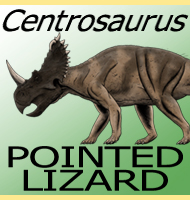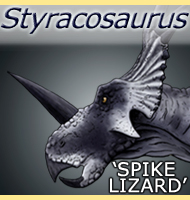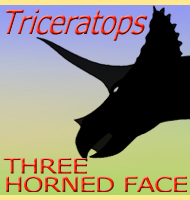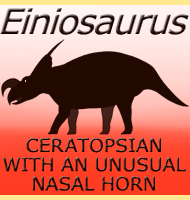


Nasutoceratops
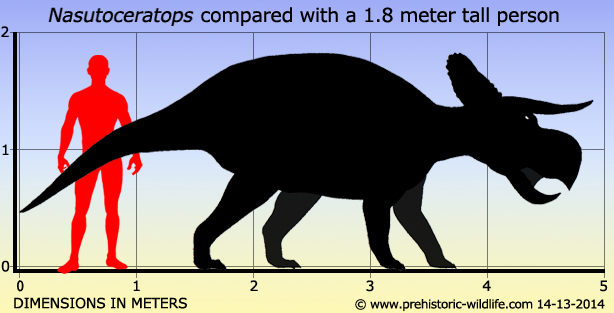
Name:
Nasutoceratops
(large nosed horned face).
Phonetic: Na-su-to-seh-ra-tops.
Named By: S. D. Sampson, E. K. Lund, M.
A. Loewen, A. A. Farke & K. E. Clayton -
2013.
Classification: Chordata, Reptilia, Dinosauria,
Ornithischia, Ceratopsidae, Centrosaurinae.
Species: N. titusi (type).
Diet: Herbivore.
Size: Skull about 1.5 meters long. Body length
roughly estimated to be about 4.8 meters long.
Known locations: USA, Utah - Kaiparowits
Formation.
Time period: Campanian of the Cretaceous.
Fossil representation: Skull and partial post
cranial remains.
Nasutoceratops
was the second genus of centrosaurine ceratopsian
dinosaur to be
discovered in the south west of the USA, the first genus being
Diabloceratops
that was named three years earlier. Back in the
Cretaceous the South-west of what is now the USA was the southern
portion of Laramidia, an island landmass extending from Canada
all the way to Mexico, and isolated from Appalachia (modern day
eastern USA) by the western interior seaway. It is possible that
the reason why centrosaurine ceratopsian dinosaurs were not as
common in southern Laramidia than they were in the North may well be
because of geological barriers that prevented ceratopsian dinosaurs
from spreading south. If correct then this would have resulted in
isolated populations that may have begun evolving features differently
because of a more limited gene pool.
Hailing
from the Kaiparowits Formation, Nasutoceratops
would have shared its
habitat with chasmosaurine ceratopsian dinosaurs such as Kosmoceratops
and Utahceratops,
as well as hadrosaurs
such as Gryposaurus
and
Parasaurolophus.
Potential predators included theropods like the
troodontid
Talos
but particularly tyrannosaurs
such as Teratophoneus.
Further reading
- A remarkable short-snouted horned dinosaur from the Late
Cretaceous (late Campanian) of southern Laramidia. -
Proceedings of the Royal Society B: Biological Sciences
280:20131186. - S. D. Sampson, E. K. Lund, M. A.
Loewen, A. A. Farke & K. E. Clayton - 2013.
----------------------------------------------------------------------------
Random favourites
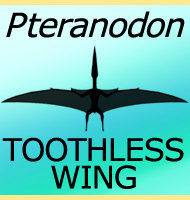 |
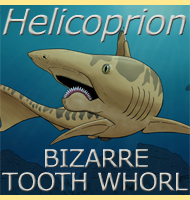 |
 |
 |
